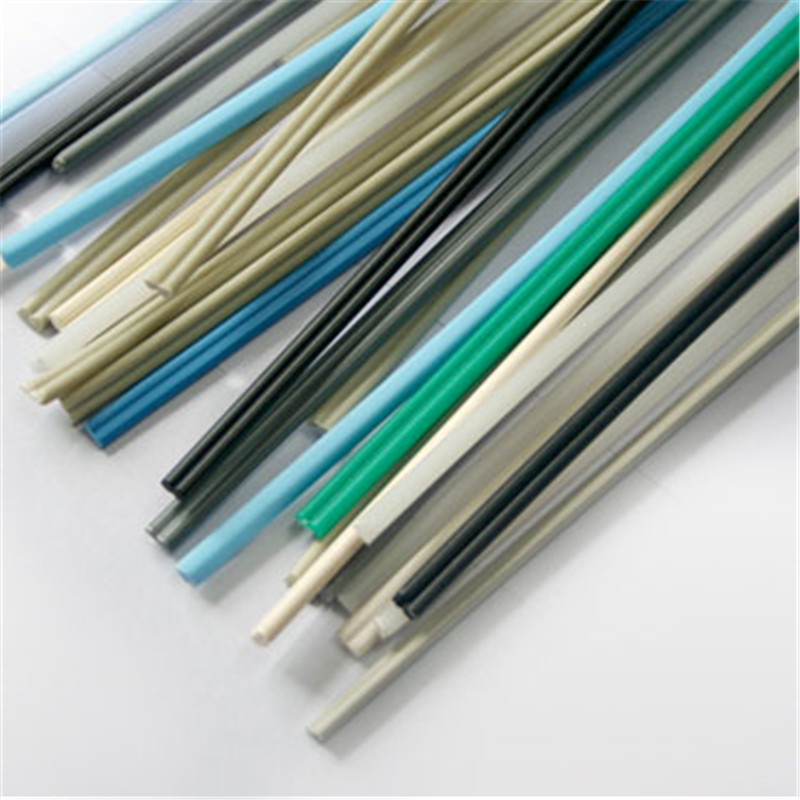Nov . 27, 2024 01:52 Back to list
Drainage Pipe Accessories and Their Importance for Effective Water Flow Management
Understanding Drain Pipe Fittings A Comprehensive Guide
Drain pipe fittings are essential components of any plumbing system, helping to efficiently transport wastewater from homes and buildings to sewage systems or septic tanks. Understanding these fittings is crucial for anyone involved in construction, renovation, or maintenance of plumbing systems.
What Are Drain Pipe Fittings?
Drain pipe fittings are specialized pieces of plumbing hardware designed to connect the various sections of drainage pipes. They come in a variety of shapes and sizes to accommodate different pipe diameters and configurations. Common types of drain pipe fittings include elbows, tees, couplings, reducers, and traps. Each fitting serves a distinct purpose, enabling plumbers to create a functional drainage system that meets the specific requirements of a building.
Types of Drain Pipe Fittings
1. Elbows These fittings allow pipes to change direction, typically at 90 or 45-degree angles. Elbows are crucial for navigating around obstacles and ensuring the drainage system maintains a proper slope.
2. Tees Tee fittings are used to connect three sections of pipe, allowing for branching off of drainage lines. They are particularly useful in residential plumbing, where multiple fixtures may share a single drainage pipe.
3. Couplings Couplings are simple yet vital fittings that connect two sections of pipe. They are used to extend the length of existing drainage lines or repair damaged sections without the need for complete replacement.
4. Reducers These fittings transition between pipes of different diameters. For instance, a reducer might connect a larger main drainage pipe to a smaller pipe leading to a single fixture, ensuring a smooth flow of wastewater.
5. Traps Traps are critical components designed to prevent sewer gases from entering the building. They retain a small amount of water, creating a seal that blocks the escape of harmful odors while still allowing wastewater to flow through.
Materials Used in Drain Pipe Fittings
Drain pipe fittings can be made from various materials, each offering unique benefits. Common materials include
- PVC (Polyvinyl Chloride) Popular for its durability and resistance to corrosion, PVC is lightweight and easy to install. It is commonly used in residential plumbing systems.
drain pipe fittings

- ABS (Acrylonitrile Butadiene Styrene) Similar to PVC, ABS is also lightweight and easy to work with. Its black color is distinctive, and it performs well in various temperatures, making it suitable for both indoor and outdoor applications.
- Cast Iron Though heavier and more expensive, cast iron fittings are extremely durable and effective for soundproofing. They are often used in commercial settings where longevity is a priority.
- Copper Known for its antimicrobial properties, copper fittings are commonly used in water supply lines. While less common for drains, they can still be found in some specialty applications.
Importance of Proper Installation
The proper installation of drain pipe fittings is crucial for the overall efficiency and longevity of the plumbing system. Incorrectly installed fittings can lead to leaks, clogs, and other plumbing issues that may require expensive repairs. Therefore, it’s essential to adhere to local plumbing codes and best practices during installation.
Maintenance Tips
Regular maintenance of drain pipe fittings can prolong the life of your plumbing system. Here are some tips
- Inspect for leaks Check fittings periodically for signs of leaks or corrosion.
- Clean regularly Remove any buildup in drains and fittings to prevent clogs.
- Use appropriate materials Always use fittings that are compatible with your existing pipes, both in material and size.
Conclusion
In conclusion, drain pipe fittings are vital elements of plumbing systems that facilitate proper wastewater management. By understanding the types, materials, and importance of these fittings, homeowners and builders alike can ensure the longevity and effectiveness of their drainage solutions. Proper installation and ongoing maintenance can prevent costly issues, ensuring that plumbing systems function smoothly for years to come.
-
High-Quality PPR Pipes and Fittings Durable ERA PPR & PVC PPR Solutions
NewsJul.08,2025
-
Black HDPE Cutting Board - Durable, Non-Porous & Food Safe HDPE Plastic Cutting Board
NewsJul.08,2025
-
High-Quality CPVC Panel Durable HDPE & PVC Panels Supplier
NewsJul.08,2025
-
Double PE Welding Rod Supplier - High Strength, Durable & Versatile Welding Solutions
NewsJul.07,2025
-
High-Quality PVC-O Pipe Supplier Durable 75mm PVC Pipe & Connections Leading PVC Pipe Company
NewsJul.07,2025
-
HDPE Drainage Pipe Supplier – Durable & Corrosion-Resistant Solutions
NewsJul.06,2025

